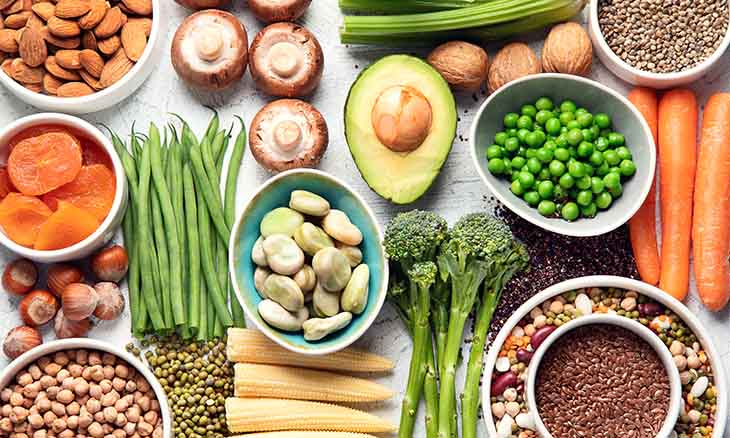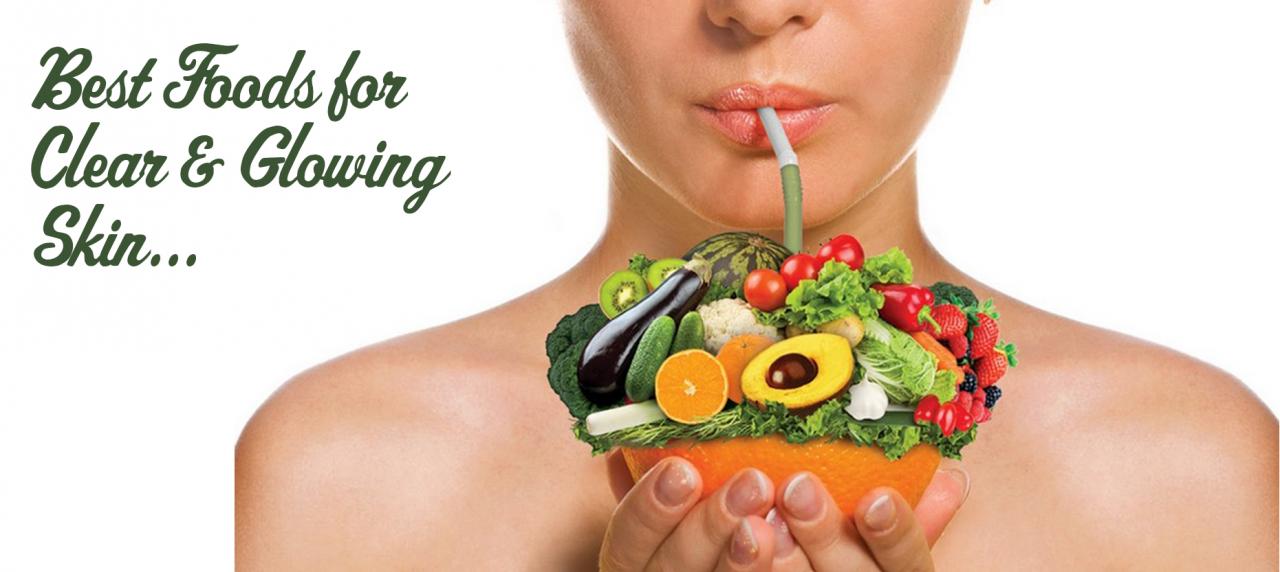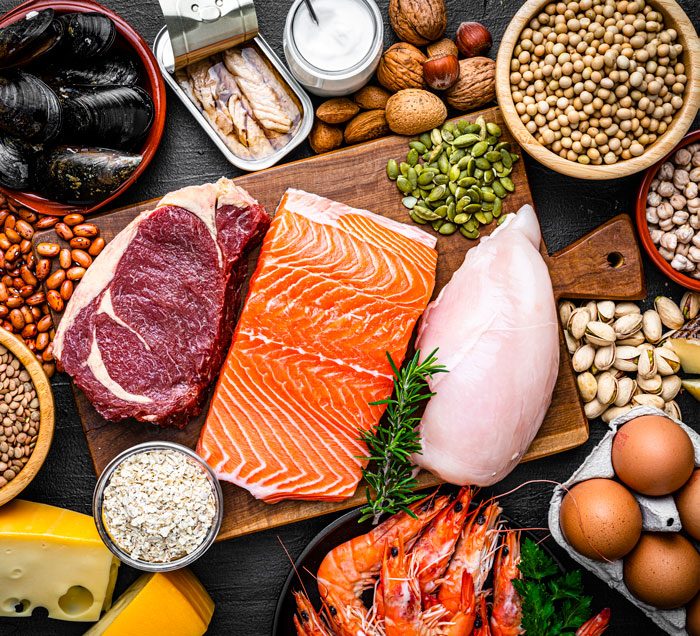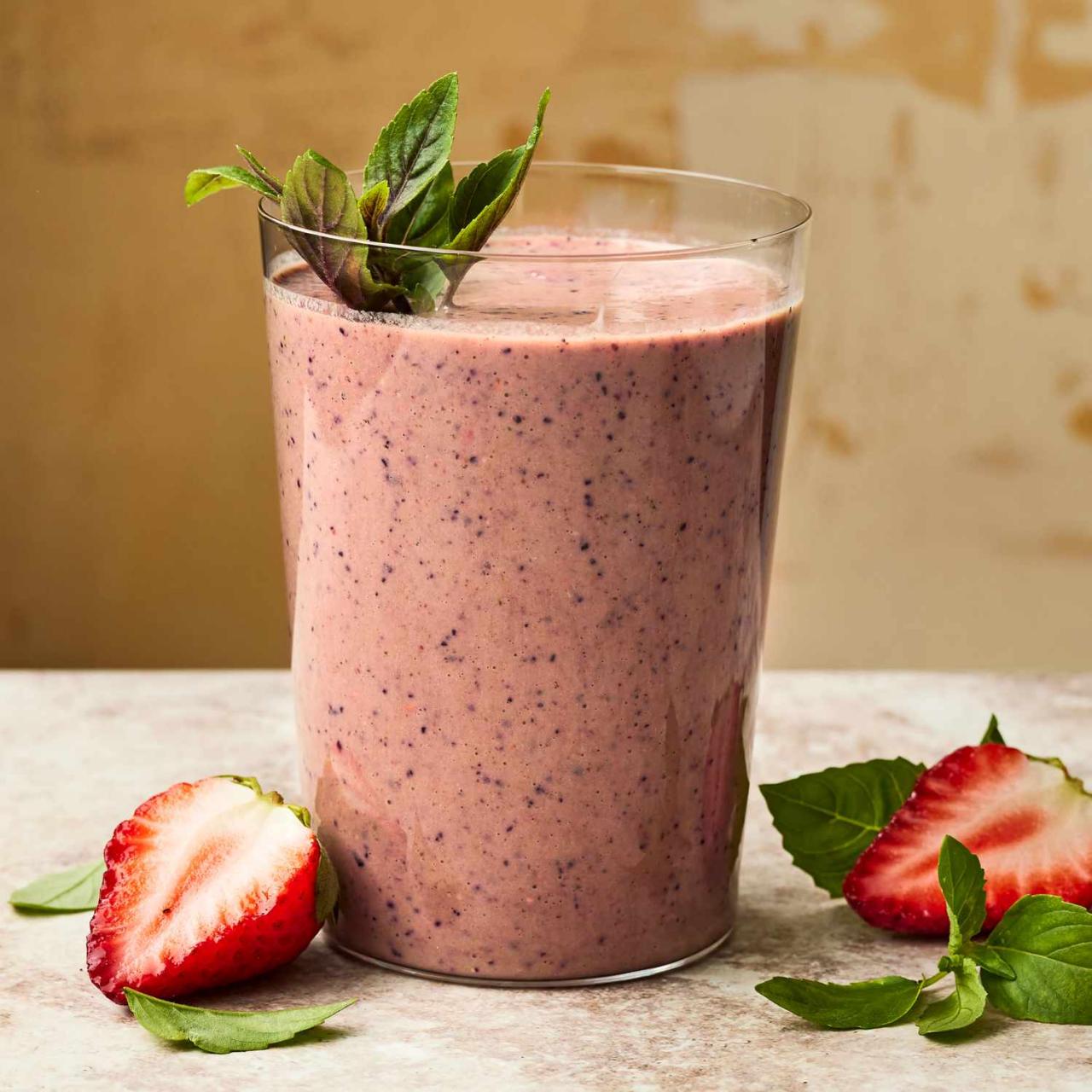In a world where our grocery store aisles are filled with endless options, deciphering nutrition labels can feel like navigating an overwhelming maze. But fear not, for we are here to guide you through the art of reading nutrition labels with confidence and clarity. Join us on this journey as we break down the secrets hidden within those tiny boxes and empower you to make informed choices for a healthier, happier you.
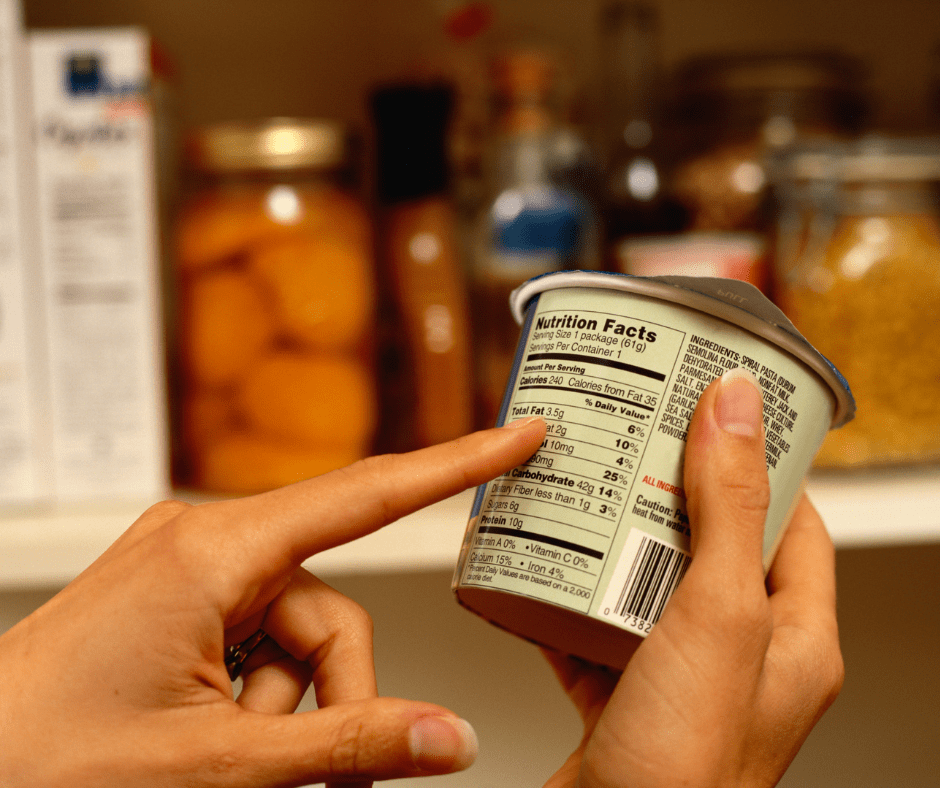
Understanding Serving Sizes
When it comes to on nutrition labels, it can be easy to get confused by the numbers and measurements. However, with a little guidance, reading nutrition labels can become second nature.
One key thing to remember is that the serving size listed on the label is not necessarily a recommendation of how much you should eat, but rather a standardized amount for comparing similar products. It’s important to be mindful of how many servings you are actually consuming, especially if you tend to eat more or less than the listed serving size.
Another helpful tip is to pay attention to the serving size in relation to the total package. For example, if a bag of chips contains 2 servings and you eat the whole bag, you will need to double the calories, fats, and other nutrients listed on the label.
Decoding Nutrient Information
Deciphering nutrition labels can feel like cracking a secret code. But fear not, with a few tips and tricks, you’ll become a pro at understanding what’s in your food in no time!
One key thing to pay attention to is the serving size. Many people overlook this critical piece of information and end up consuming more calories than they realize. Always check the serving size and adjust the rest of the nutrient information accordingly.
Next, take a look at the list of ingredients. Focus on whole foods like fruits, vegetables, whole grains, and lean proteins, and steer clear of products with a laundry list of unpronounceable ingredients.
- Protein: aim for at least 15g per serving
- Fiber: look for products with 3g or more per serving
- Sodium: try to keep it under 400mg per serving
| Nutrient | Recommended Daily Intake |
|---|---|
| Protein | 50g |
| Fiber | 25g |
| Sodium | 2300mg |
Looking beyond the Calories
When it comes to making healthy food choices, on nutrition labels can provide valuable insight into the overall nutritional value of a product. Understanding how to read nutrition labels can help you make informed decisions about the foods you consume.
One key thing to look for on a nutrition label is the serving size. This will tell you how much of the product the rest of the information is based on. Pay attention to the number of servings per container, as you may be consuming more than you realize if you eat multiple servings.
Ingredients lists can also offer important information about a product. Ingredients are listed in descending order by weight, so the first few ingredients make up the majority of the product. Look for whole, nutrient-dense ingredients and avoid products with a long list of unrecognizable additives.
Additionally, keep an eye out for important nutrients like fiber, protein, vitamins, and minerals. These are essential for a balanced diet and can help you meet your nutritional needs. Don’t just focus on calories – consider the overall quality of the food you are eating.
Identifying Hidden Ingredients
When it comes to reading nutrition labels, it’s important to pay attention not only to the main ingredients but also to hidden ingredients that may affect your health. Here are some tips on how to identify hidden ingredients:
- Sugar aliases: Look out for ingredients like high fructose corn syrup, agave nectar, and maltose, which are all forms of sugar that may not be immediately recognizable.
- Artificial sweeteners: Artificial sweeteners like aspartame and sucralose are often used in place of sugar in processed foods. These ingredients can have negative health effects, so it’s important to be aware of their presence.
- Trans fats: Trans fats can be listed on nutrition labels as “partially hydrogenated oils.” Consuming trans fats can increase your risk of heart disease, so it’s best to avoid them whenever possible.
By paying close attention to the ingredients listed on nutrition labels, you can make more informed choices about the foods you eat. Remember to look beyond the main ingredients to identify any hidden additives that may impact your health.
Next time you pick up a food product, take a moment to decode its nutrition label and make informed choices about what you put into your body. By understanding how to read nutrition labels, you can take control of your health and make choices that align with your dietary goals. Remember, knowledge is power when it comes to nourishing your body, so keep examining those labels and making conscious decisions for a healthier, happier you. Here’s to making the grocery aisle your own personal nutrition playground!


